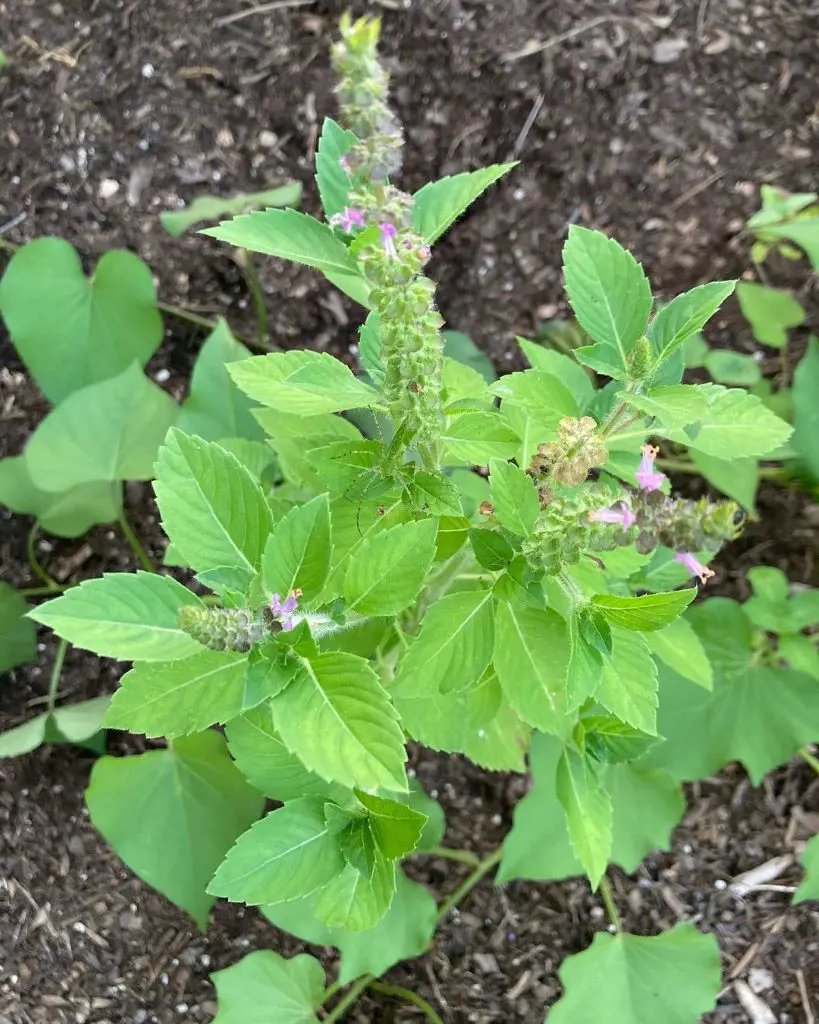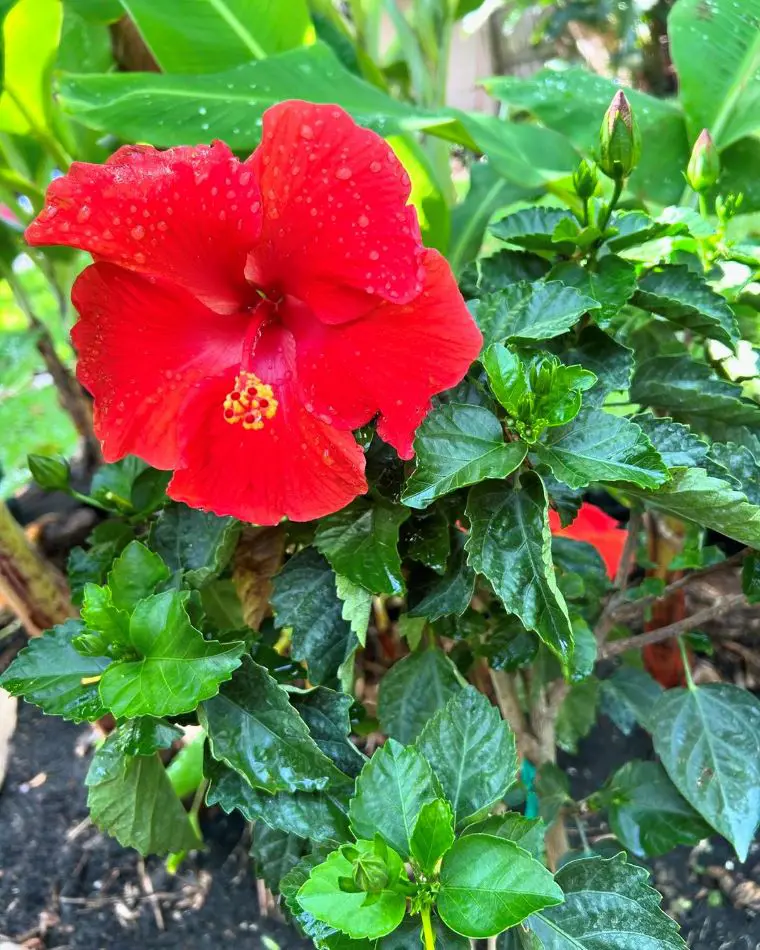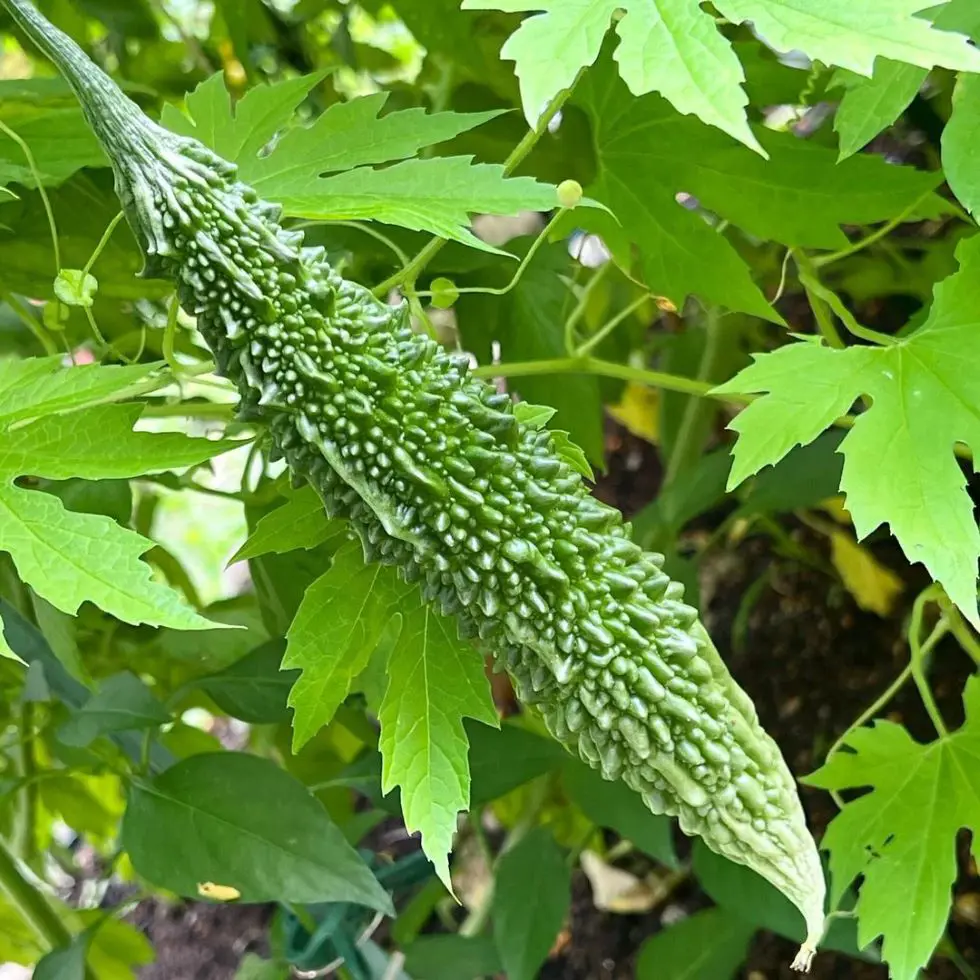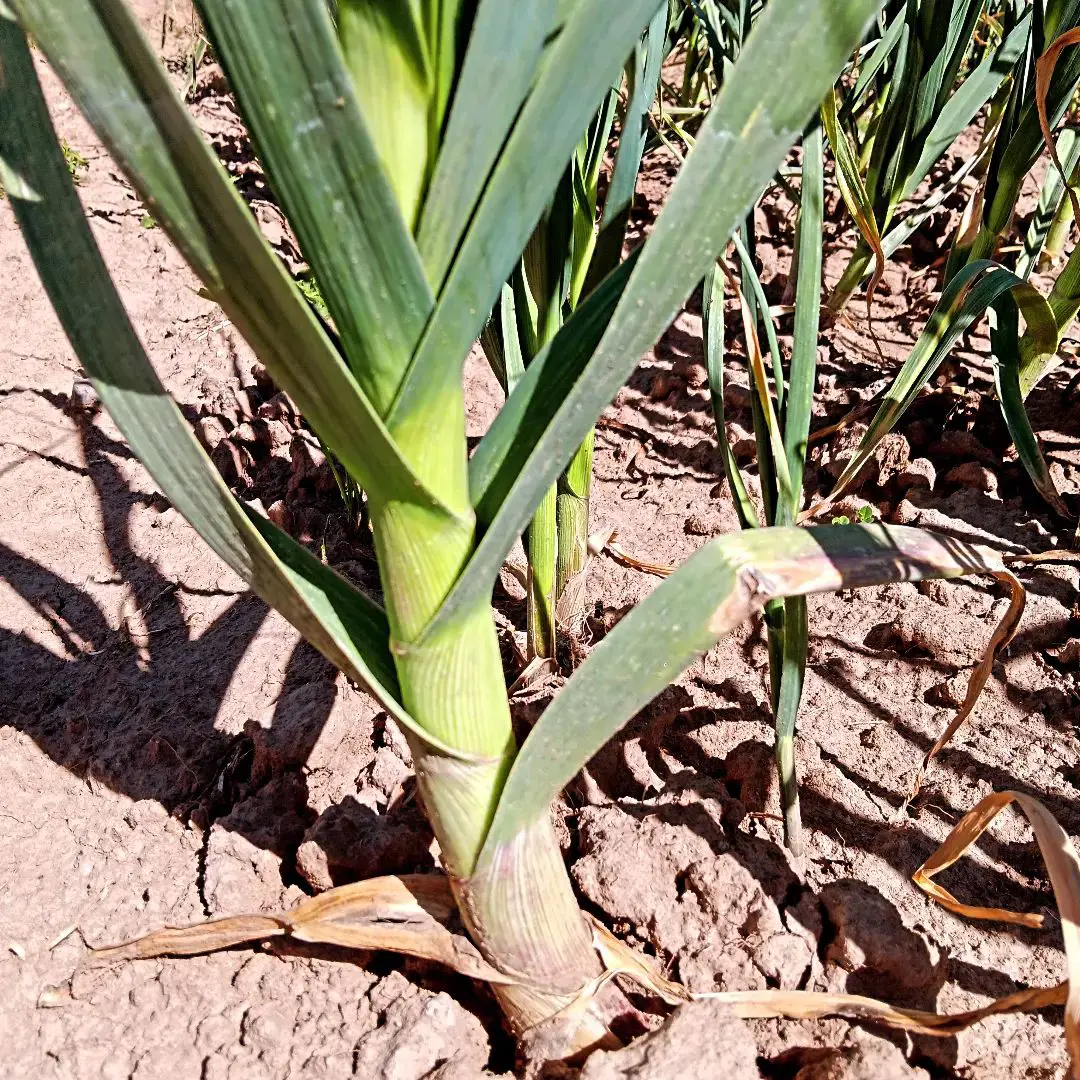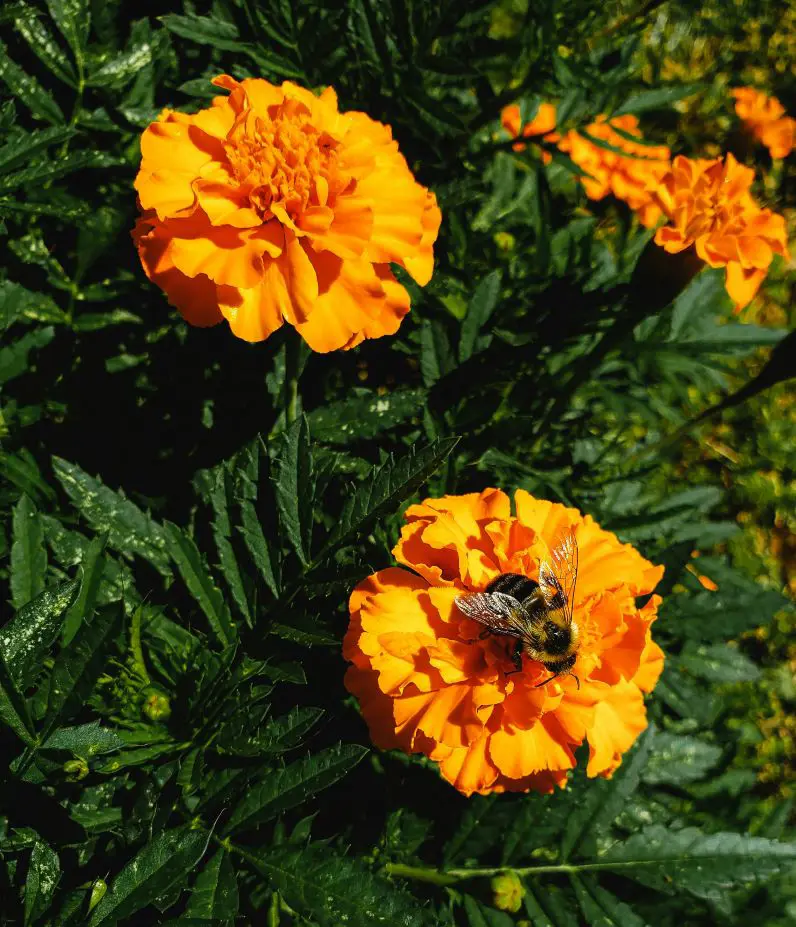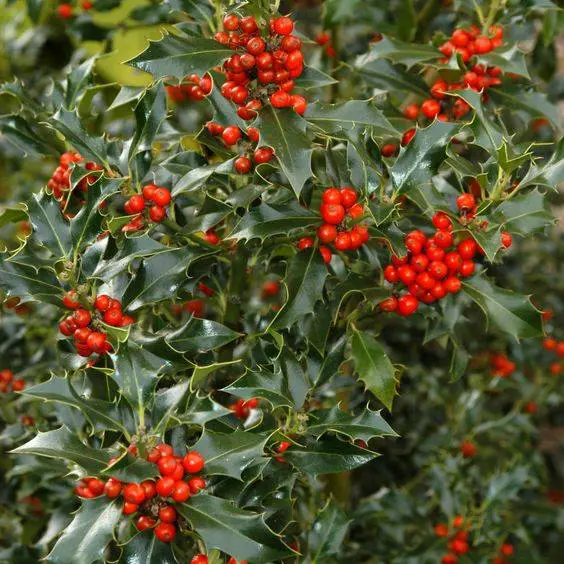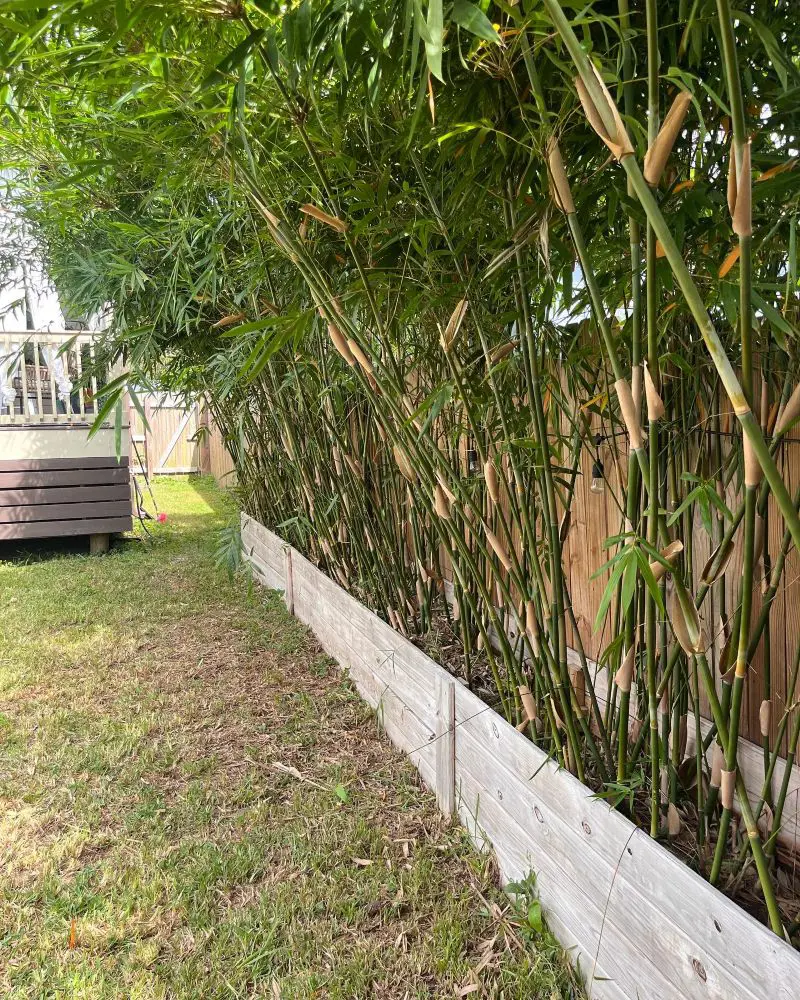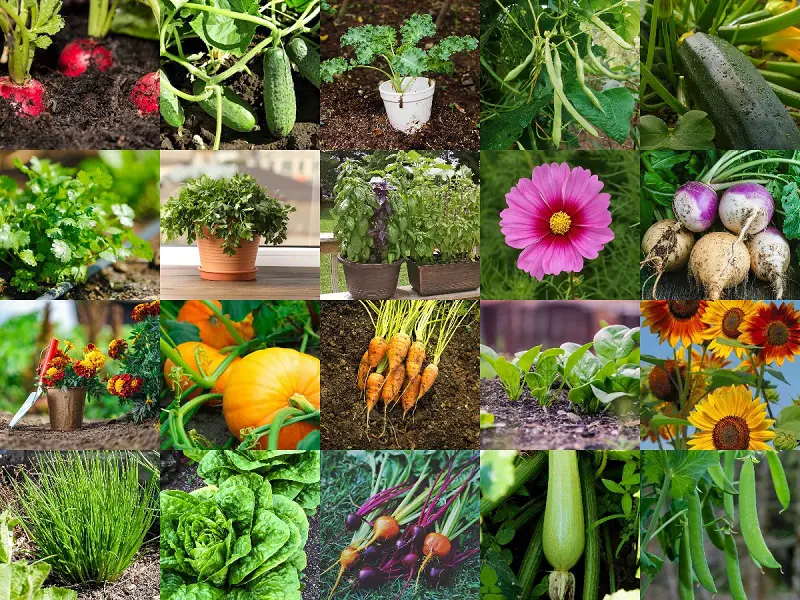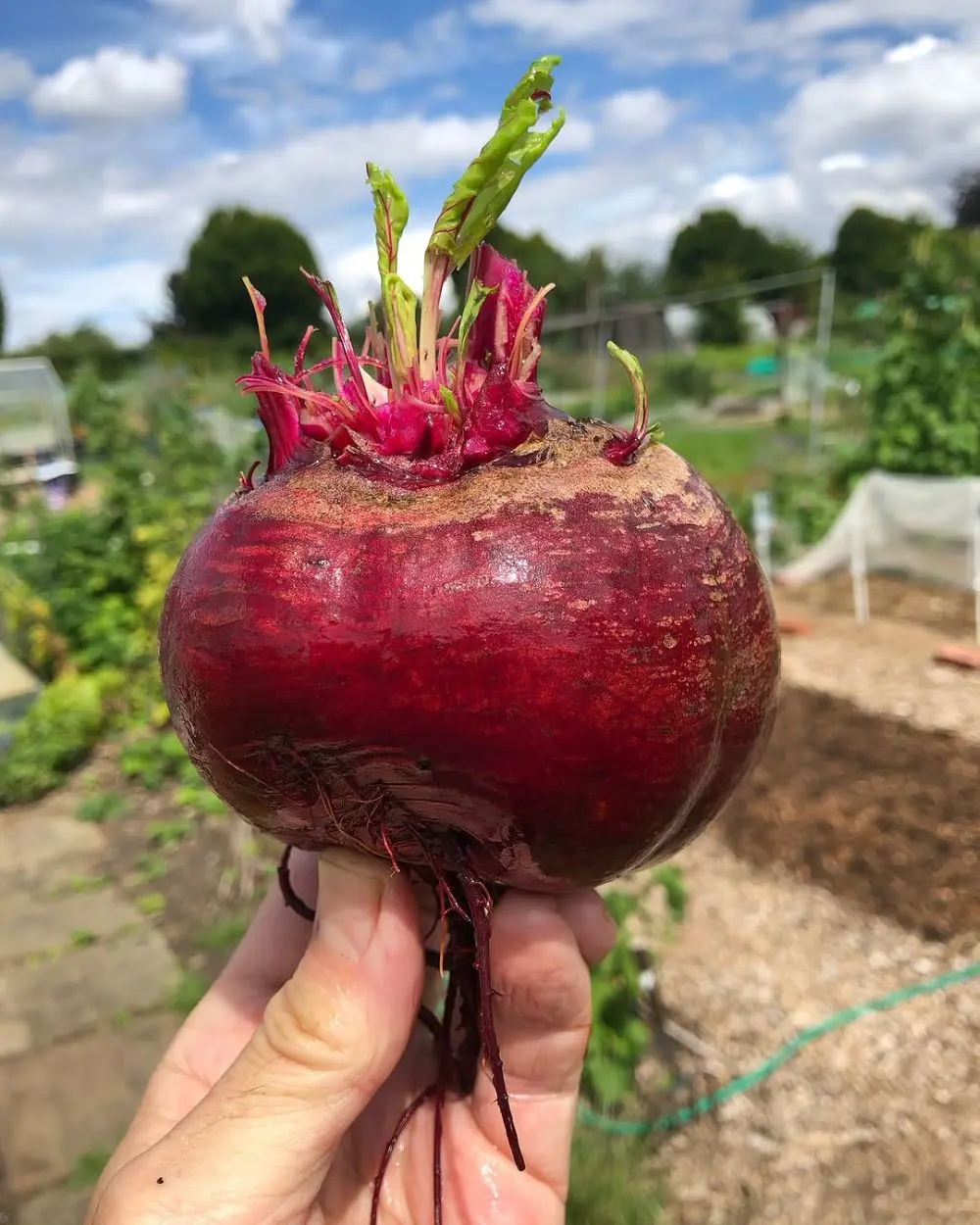1. White Snakeroot
- Plant type: Herbaceous perennial
- Growing zone: 4 to 8
- Bloom time: August to October
There are traditional beliefs and anecdotal evidence suggesting the strong odor from the roots and foliage of Ageratina altissima deters snakes, making it a natural snake repellent. The plant does have a strong, pungent smell that some people find unpleasant.
And snakes rely heavily on their sense of smell to navigate and hunt, so it's possible they find this odor offensive. White snakeroot is also poisonous if ingested and can cause skin irritation. So, it's best to handle it with gloves and avoid planting it where children or pets may come into contact with it.
